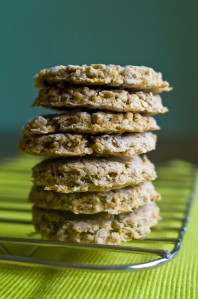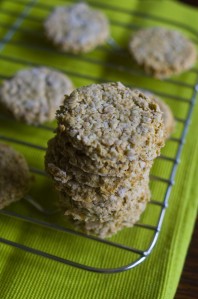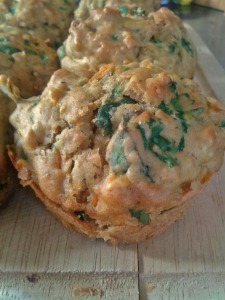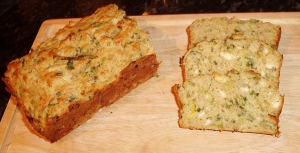In the first of our series of posts on the historical development of cake, we are looking at Ancient history, going back 7,000 years to find the original source of cake. Get your time-travelling shoes on, step in the Tardis or turn over your time-turner and we’ll head back 7,000 years to the Neolithic Era and this particular settlement.

Unsurprisingly, it didn’t look like that in the Neolithic Era, but here is a more modern reconstruction of what it might have been like.

This particular settlement is Clegr Boia in the north of Scotland, and it was in a settlement similar to this that the first items of a cake-like nature were discovered. Now bearing in mind that there was no leavening agent around at the time (the stuff that enables cakes to rise), the cakes were very different to what we think of now. Examples found were made of whole grains, crushed and moistened before being shaped into cakes and cooked on a flat hot stone. Produced today, they would be called oatcakes, and far from being a sweet, fluffy treat they would be a crisp, oat biscuit to be eaten with cheese. Not what we might want, but considering the resources available to these primitive peoples, it’s fascinating to see the roots of our now-common cake.

Next week, we will move forward some years to meet with the Ancient Egyptians and introduce you to the innovations that made modern cake-making possible, whilst getting ready to meet the competitors of the Great Ancient World’s Bake-Off – the Ancient Greeks and Romans. Meanwhile, here is a recipe for oatcakes, which whilst using modern techniques (such as an oven) will still help to give you a taste of the Neolithic Bakery.

Neolithic-Style Oatcakes
Ingredients:
- 225g oats
- 60g flour (wholewheat is more traditional but plain flour will do)
- 1/2 tsp bicarbonate of soda
- 60g butter
- 1 tsp salt
- 1/2 tsp sugar
- 60-80ml warm water
Instructions:
Preheat the oven to gas mark 3. Mix together all the dry ingredients before adding the butter in pieces to create the texture of coarse breadcrumbs. Add the water slowly until a thick dough is formed (this may take some or all the water, depending on the oats used – as long as it’s not too loose it should be fine). Sprinkle the work surface with oats and flour and roll out the mixture to a thickness of about 0.5 cm. Cut out the oatcakes using either a cutter or using a sharp knife and bake for 20-30 minutes until golden brown and firm.
Serve with cheese or pate.
[It seems very different from our idea of cake, but it is worth remembering the alternative meaning of the word cake – a firm, compacted mass, such as a cake of soap. Whilst meanings can change, the roots are still there.]






